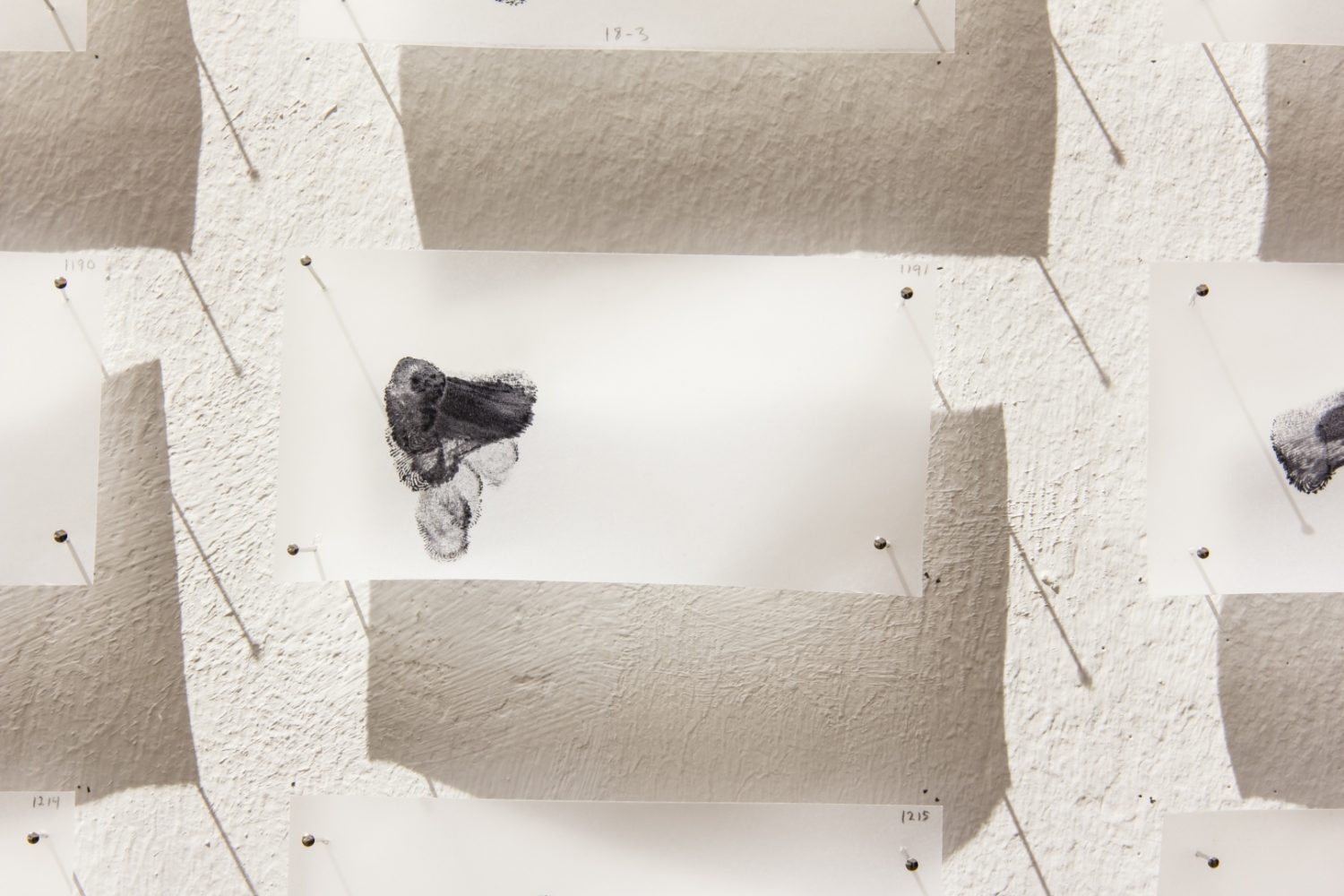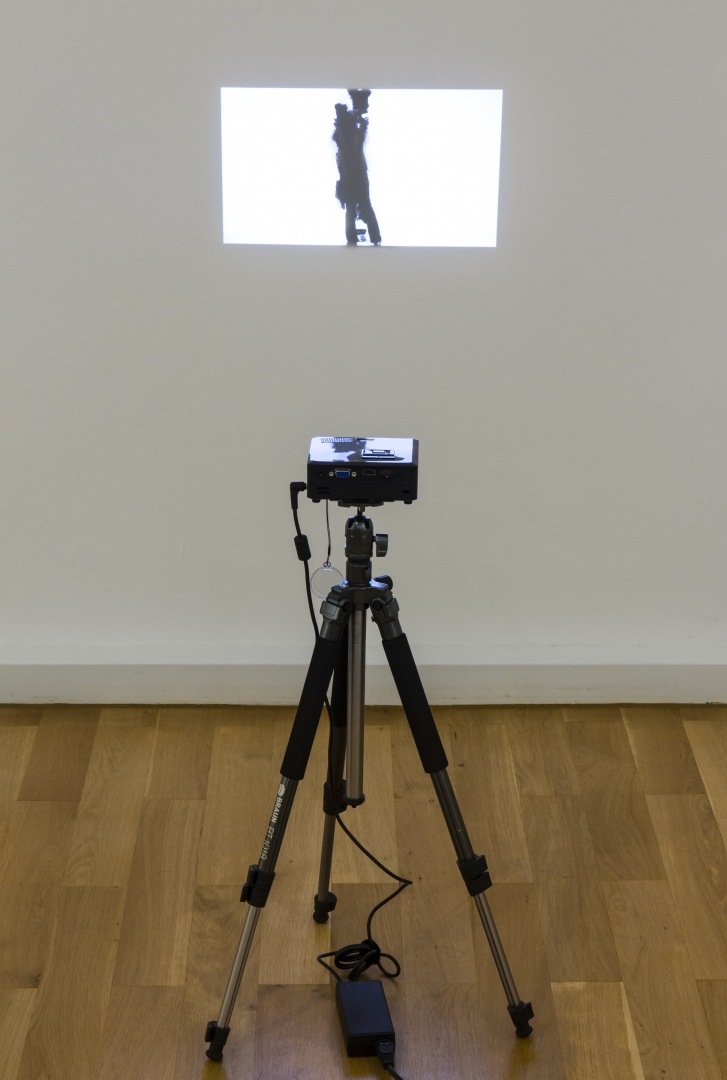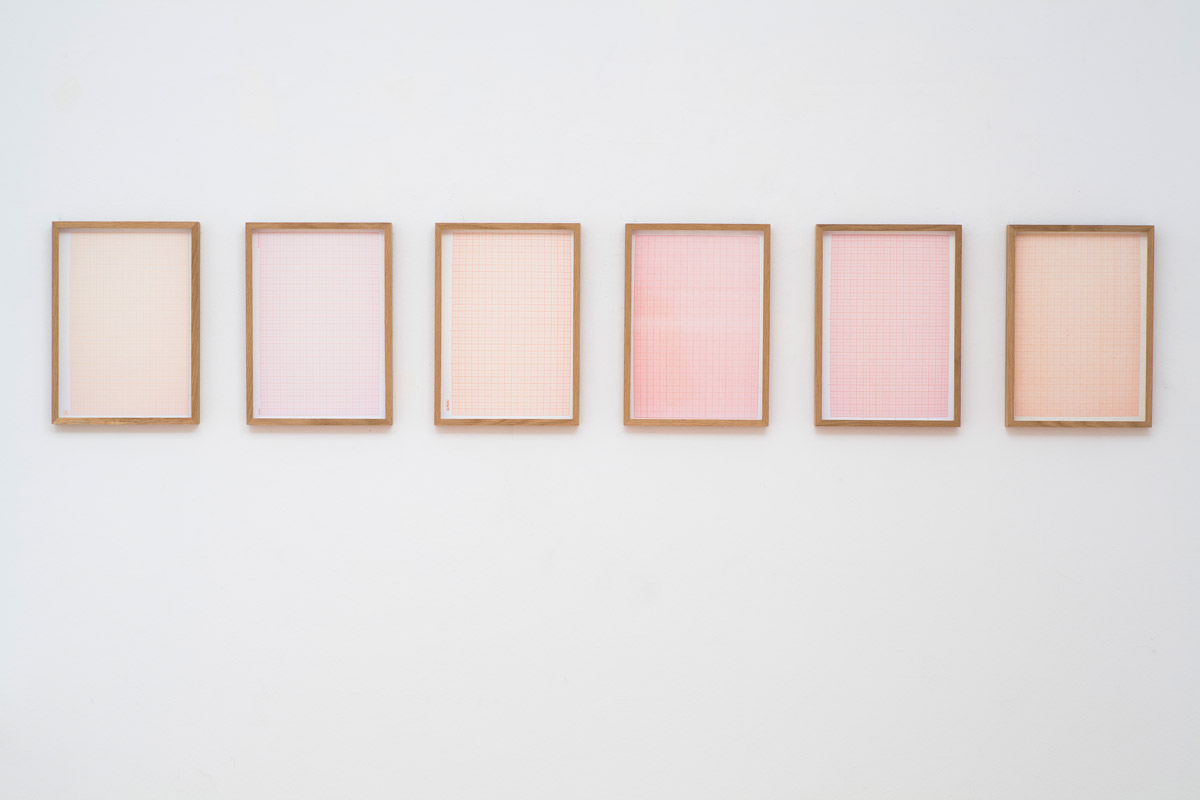RESET I and MODERNISM
RESET I and MODERNISM
Frank Ammerlaan, Viktoria Binschtok, Christian Falsnaes, John Gerrard, Mai-Thu Perret, Johanna Reich, Evan Roth, Pepo Salazar, Adrian Sauer, Lieko Shiga, Masha Tupitsyn
September 5th – November 28th, 2015
On the occasion of DC Open, | PRISKA PASQUER is opening its “RESET I” group exhibit, which showcases today’s modernity – pioneering artists that take a radical approach to the changes of our age. At the same time, “RESET I” marks a new beginning for | PRISKA PASQUER in the legendary exhibition spaces of the Rudolf Zwirner Gallery in Cologne.
The “RESET” exhibition series is dedicated to artists who directly reflect the sweeping developments of the digital age. The “RESET” series of exhibitions will concern itself foremost with fundamental, far-reaching questions: How do artists respond to the digital transformation? What themes define art in the digital age? How does the digital age change the way artists view the world? How does art work in the digital age and how can artists respond to the new challenges that present themselves? This means that the main focus is on substantive questions that can be explored in videos and computer animations as well as in paintings, photographs, sculptures, websites or installations.
We live today in a new modernity, in which digitization permeates all areas of our lives and thus alters the
very nature of our civilization. In recent years, the process of digitization, dematerialization and interconnection has stepped up its pace dramatically.
“The relationship between image and language, language and body, image and space, object and subject has changed rapidly. While the creation of images is no longer the primary function of art, working with existing images, objects and spaces is becoming a de-subjectivised place of reflection.” – Susanne Pfeffer (“Speculations on Anonymous Materials”, Fridericianum, Kassel, 2013). At the same time, past reminders, present experiences and future imaginings come together in digital space to form equivalent images in our eyes.
Digital modernity creates the potential for revolutionary developments in every aspect of our lives. At the same time, it raises fundamental questions while relying on artistic and design input. Like their predecessors of the earlier Western modernity, the artists of the digital modernity engender new perspectives on key issues of our age. With critical openness, they grasp the scope of the radical transformation, grapple with its risks and develop visionary projects.
Since being founded in 2000, | PRISKA PASQUER is focusing primarily on art created during periods of social change. Over the years three main groups have emerged: Russia, Japan and Germany – with works from the 1920s/1930s, 1960/1970s and new works from the new millennium. In the future, the gallery will also be concentrating on avant-garde art of the digital age. The first result of this further programmatic development is the “RESET I” exhibition.
Located at Albertusstrasse 18, the former rooms of Galerie Rudolf Zwirner are well known in the international art scene as one of the key venues in Cologne. It was here that many pioneering exhibitions of avant-garde art were held. It was designed in 1972 by local architect Erich Schneider- Wessling. The space is ideal for presenting a wide variety of formats in all kinds of media – be it video, painting, photography or large-scale installation.
Anlässlich der DC-Open eröffnet | PRISKA PASQUER die Gruppenausstellung „RESET I“. Gezeigt wird die Moderne von heute: Künstler, die sich wegweisend mit den radikalen Veränderungen unseres Zeitalters auseinandersetzen. Zugleich markiert „RESET I“ den Neustart von | PRISKA PASQUER in den legendären Räumen der Galerie Rudolf Zwirner in Köln.
Die Ausstellungsreihe „RESET“ widmet sich Künstlern, die unmittelbar die weitreichenden Entwicklungen des digitalen Zeitalters reflektieren. Dabei geht es vorrangig um grundsätzliche Fragestellungen: Wie reagieren Künstler auf die digitale Transformation? Welche Themen bestimmen die Kunst des digitalen Zeitalters? Wie verändert das digitale Zeitalter den künstlerischen Blick auf die Welt? Wie diskutieren Künstler den Begriff der Partizipation in seiner politischen wie medialen Bedeutung? Im Fokus von „RESET“ stehen also inhaltliche Fragen und diese können ebenso in Videos und Computeranimationen, wie in Fotografien, Gemälden, Skulpturen, Websites oder Installationen diskutiert werden.
Wir leben heute in einer neuen Moderne, in der die Digitalisierung alle Lebensbereiche durchdringt und damit unsere Zivilisation in grundlegender Weise verändert. Der Prozess von Digitalisierung, Dematerialisierung und Vernetzung hat sich in den letzten Jahren dramatisch beschleunigt.
„Die Relation von Bild und Sprache, Sprache und Körper, Bild und Raum, Objekt und Subjekt hat sich rasant verändert. Während die originäre Bildgenese als primäre Aufgabe der Kunst entfällt, wird das Arbeiten mit bereits existierenden Bildern, Objekten und Räumen zum entsubjektivierten Ort der Reflexion.“ – Susanne Pfeffer (“Speculations on Anonymous Materials”, Fridericianum, Kassel, 2013). Die Erinnerung an die Vergangenheit, das Erleben der Gegenwart und die Vorstellung von der Zukunft vereinen sich im digitalen Raum zu für uns scheinbar gleichwertigen Bildern.
Die digitale Moderne schafft Potenziale für revolutionäre Entwicklungen in allen Lebensbereichen. Zugleich wirft sie weitreichende Fragestellungen auf und ist ihrerseits auf künstlerische und gestalterische Inputs angewiesen. Wie die Künstler der frühen westlichen Moderne entwickeln die Künstler der digitalen Moderne neue Perspektiven zu zentralen Themen unserer Zeit. Mit kritischer Offenheit erfassen sie die Tragweite der radikalen Transformation, diskutieren deren Risiken und entwickeln visionäre Projekte.
Seit ihrer Gründung im Jahr 2000 konzentriert sich die Galerie | PRISKA PASQUER auf Kunst, die in gesellschaftlichen Veränderungen passiert. Hier haben sich über die Jahre drei Hauptgruppen herauskristallisiert – Russland, Japan und Deutschland – mit Werken aus den 1920/1930er- und 1960/1970er-Jahren sowie neuen, nach 2000 entstandenen Arbeiten. In Zukunft wird sich die Galerie zusätzlich auf die Moderne des digitalen Zeitalters fokussieren. Erstes Ergebnis dieser programmatischen Weiterentwicklung ist die Ausstellung „RESET I“.
Die ehemaligen Räume der Galerie Rudolf Zwirner in der Albertusstrasse 18 stehen für den Standort Köln im internationalen Kunstbetrieb als unvergesslicher und prägender Ort. Hier wurden wegweisende Ausstellungen von Avantgardekunst gezeigt. Das Gebäude wurde 1972 von dem Kölner Architekten Erich Schneider-Wessling errichtet. Die großzügig gestalteten Räume eignen sich hervorragend für die Präsentation unterschiedlichster Formate in allen Medien – ob Video, raumgreifende Installation, Malerei oder Fotografie.































